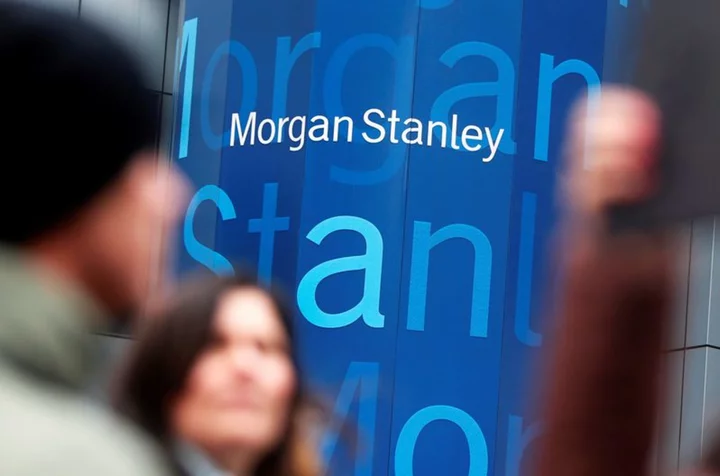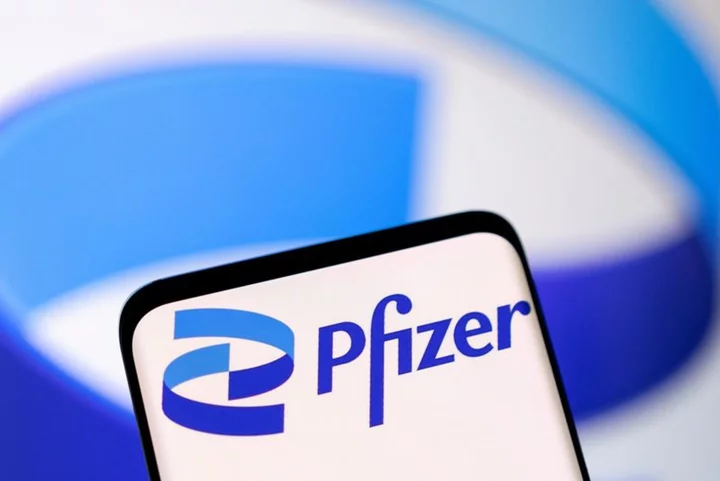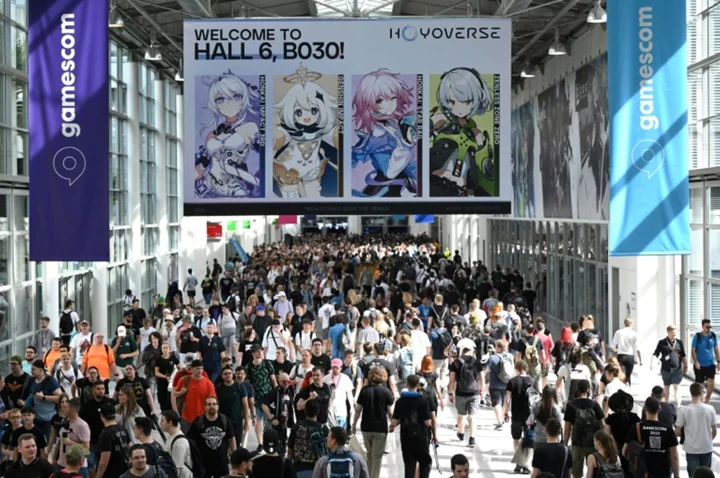The S&P 500 Index’s surprise 16% rally this year is rewarding traders who bought in early and punishing those who’ve remained skeptical. But fear of a downturn remains.
Investors can see it in the options market, where hedging against another rout is getting more expensive. Contracts betting on a 10% decline in the SPDR S&P 500 ETF — the largest exchange-traded fund tracking the index, better known by its ticker SPY — cost 1.8 times more than options that profit from a 10% rally, data compiled by Bloomberg show.
Though still shy of the levels seen earlier this year during the banking crisis, it’s a sign that investors are beginning to pay up for protection heading into this week’s crucial reading on US consumer prices due on Wednesday. That will set the stage for stocks leading up to the Federal Reserve’s interest-rate decision on Sept. 20 and Chair Jerome Powell’s subsequent press conference.
“The next big leg of the equity rally won’t come until we get certainty on the direction of rates,” said Scott Ladner, chief investment officer at Horizon Investments.
Stocks have wobbled of late, with the S&P posting losses in four of the past six weeks for a drop of almost 3%, amid deepening economic troubles in Europe and China. Meanwhile, the latest CPI report is expected to show that inflation posted a 3.6% annual increase in August, up from 3.2% the month before.
Traders are betting that the Fed will keep borrowing costs steady in September, but they also expect another rate hike before the end of the year.
Given the strength of the market this year, hedging has mostly been a losing strategy, forcing traders to ditch downside protection with stocks trading in a narrow band for months without a big drop. Through Friday, 94 trading sessions have come and gone since late April without a single loss of at least 1.5% in the S&P 500 — the longest steak since 2018.
“There’s been hedging fatigue,” said Peter Cecchini, director of research at Axonic Capital. “Enough people were wrong about this year’s rally that they got tired of spending money to protect against future losses. But we don’t know how much longer the AI narrative will be able to carry stocks broadly higher.”
Traders who don’t think the lull in volatility will last are using the calm to pick up protection on the cheap, according to Scott Nations, president of Nations Indexes, an independent developer of volatility and option strategy indexes. The cost to protect against a resurgence in volatility is close to the cheapest it’s been since before the pandemic-fueled selloff in March 2020.
The end of summer may mark a low point for the CBOE volatility index, better known as the VIX, which has lingered well below its long-term average for most of this year. Goldman Sachs Group Inc. remains neutral on selling put options tied to the S&P 500 since volatility tends to pick up in September — a popular month for companies to host analyst days with more than 50 scheduled, according to the firm.
Of course, the S&P 500’s advance this year has defied Wall Street’s consensus expectations for losses to start 2023 before an eventual rebound, forcing many strategists to rethink their year-end forecasts for the index. Inflation has eased while the economy has stayed relatively resilient despite the most aggressive tightening cycle in decades.
“If the economy remains strong and inflation eases further, it will continue to hurt strategists’ recession case,” said Chris Murphy, co-head of derivatives strategy at Susquehanna International Group. “I just don’t see the economy crashing.”









